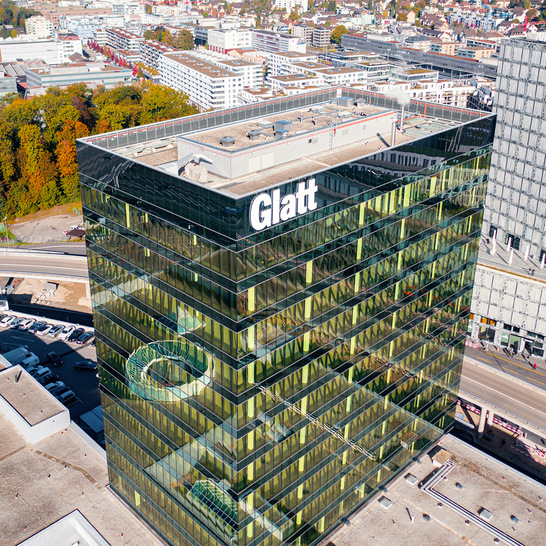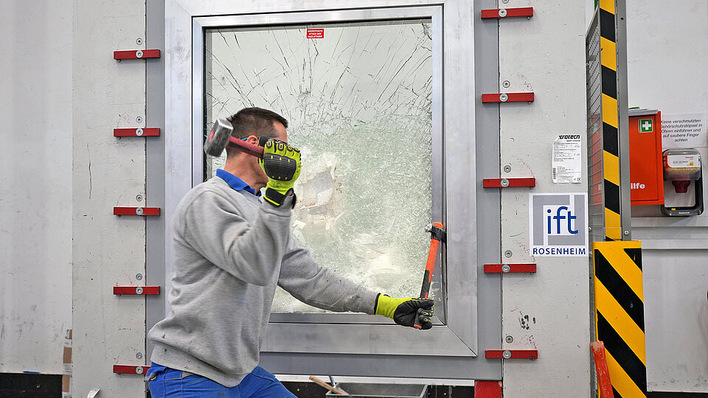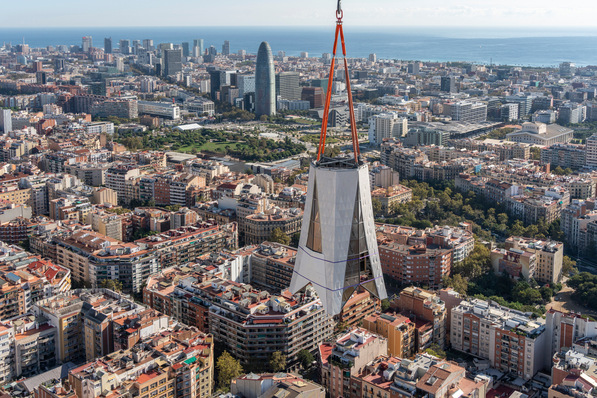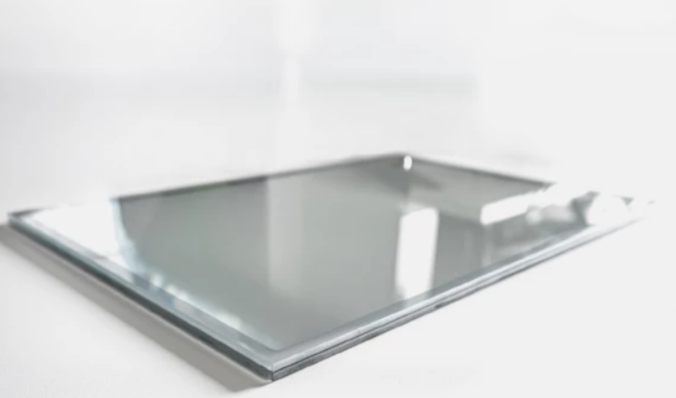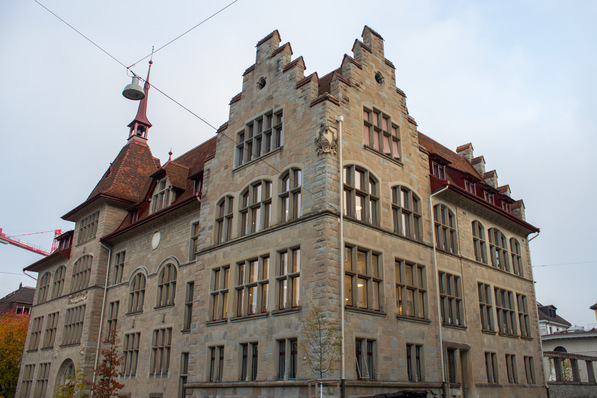The Glatt shopping center has been offering visitors a comprehensive shopping experience and services for over 40 years on an area of more than 10,000 m2. The Glatt Tower with its 11 floors has recently been completely renovated and is now resplendent above the main building. A special feature of the facade: Following the refurbishment, the sun protection is now completely implemented using switchable SageGlass elements with variable g-value.
During the refurbishment, the tower was completely "skeletonized" in order to create a state-of-the-art space layout and to implement the new triple-insulated high-tech metal/glass facade with the floor-to-ceiling windows. The glass construction with SageGlass was implemented by Krapf AG, a metal and facade construction company from Engelburg/St. Gallen. An extremely challenging task, from planning to production and installation.
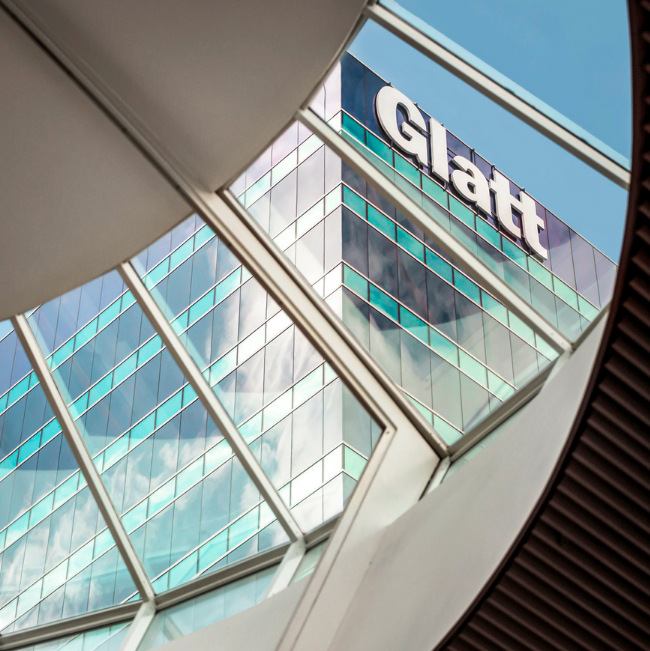
Glatt
Thanks to the electronically controlled tinting function of SageGlass, the glasses can be darkened if necessary and act as sun and heat protection and to prevent glare. They thus completely replace Venetian or roller blinds. The smart glass connected to the building services is controlled according to the amount of sunlight entering the building. This adaptation to external lighting conditions reduces the need for artificial light inside the building, and the room temperature can be controlled more easily or kept constant.
See also this article:
PV Power roof for historical building in Switzerland
This helps to significantly reduce costs for air conditioning, as up to 95 per cent of solar radiation can be blocked out, thus noticeably reducing the amount of heat entering the building. This makes it a valuable element for the energy certification of the building, such as LEED or DGNB.







